From July to October, life was full of many changes. Finding and buying a house, moving into that house, learning we were expecting a new baby, going through a rough morning sickness stage of early pregnancy, and a few business and family trips were just a few of the things added to our normal routine. I still read some during those months, but recording what I read was another story. So, here’s my list of books read during July to October:

Slave is the true story of Mende Nazer, a Sudanese woman whose childhood ended when she was captured and enslaved around age 12. One thing that made Mende’s story particularly stand out to me is that we are about the same age. Her slavery did not take place in the huts and villages of Sudan, but in the relatively modern city of Khartoum, where her well-to-do captors had most of the modern conveniences that we do (electricity, washer/dryer, stove/oven, etc).
In this book, Mende recounts the story through her own eyes with the help of author Damien Lewis. Because of the oral-tradition culture in which Mende grew up, she was able to remember and retell many vivid details and facts of the life she knew during her childhood and the life she later came to know as a slave in a bustling modern city. The first portion of the book recounts Mende’s childhood growing up in the Nuba mountains, a life full of familial love and enjoyment of life, with a few accounts that convey disdain for some of the difficult ways and traditions of that life (e.g., female genital mutilation/circumcision). I was touched by the recounting of her parent’s love and gentleness with her, loving her always, and sometimes with firmness, but without physical force—something that became routine in her days of enslavement. The next portion describes her capture, abuse, and rape, and then her being sold as a slave to a respected family in Sudan’s capital. There she worked for seven years, suffering physical, verbal, and emotional abuse before being sold to her “master’s” relatives, who ironically worked for the Sudanese embassy in London. London is where Mende escaped to freedom, but even there such an escape was an unlikely possibility.
Sadly, most stories that start like Mende’s do not end as Mende’s did, and few of the victims of human trafficking ever have a voice of their own. Yet, Mende’s voice is one that is strong and powerful—a voice for those who cannot speak out about their suffering and enslavement.

James’ book, Half the Church, puts a helpful perspective on Kristoff and WuDunn’s Half the Sky. The title, as a well as the book as a whole, emphasizes that we need to remember that half the church is made up of women. James also emphasizes the ezer theme in God’s vision for women. (This concept is explained in more detail in her book, The Gospel of Ruth). A helpful perspective from this book is that we often view Biblical womanhood from an isolated, insulated, prosperous American view. In reality, however, American Christianity is fleshed out in a culture that compared to the rest of the world is one of the furthest removed from the way of life and culture depicted throughout Scripture. (Yet we still think we have a monopoly on explaining what Biblical womanhood looks like?). If you are a women or know any women, I highly recommend reading this book. 🙂

This eye-opening book by husband-and-wife-team Kristof and WuDunn presents the plight that many women face, including forced sex trafficking, maternal mortality, sexual violence, and female education. Along with presenting the dark side of life for women around the globe, the authors also share some ways in which women can be helped, some ways that perceived help can actually be harmful, and a list of organizations and companies with which readers can partner to offer help or learn ideas. Several of the women’s stories are quite graphic, and parts of the book can therefore be difficult to work through. I also felt some of the proposed solutions held difficult moral issues, but it is nonetheless helpful to see how alternative choices do not make life easier either. This is a moving and important book and would be helpful reading, particularly for those who interact with other cultures.
Related: “World’s Most Dangerous Countries for Women”

The Help (Kathryn Stockett)
Having read Slavery by Another Name earlier this year, I held a grim historical context through which to view the way of life for many African Americans in the post-Civil War South. In this novel, Kathryn Stockett shares the story of Skeeter, Aibileen, and Minny, as their lives intersect in surprising ways. Skeeter is an aspiring author, and Aibileen and Minny are middle-aged African American women who work as “help” to young white women, raising their children, cleaning and caring for their homes, and essentially taking on the bulk of the home-based responsibilities for a very minimal wage and very definite unequal treatment. (All the while, they also have their own children, families, and homes to care for.) They realize that friendship is deeper than skin color when they eventually join together with Skeeter to share their stories in writing. Each woman must contradict long-held traditions, break unspoken rules, and cross social barriers. I enjoyed the book for the most part, yet I know that much of this painted a much rosier picture than reality. I also know that I’m writing this from the perspective of a white woman who has only recently become acquainted with the racial injustices of the South and our nation in general; and even then, I have lived through and observed very few myself. (Here’s a perspective of an African American woman on viewing the film. Her article also links to several other perspectives.)
I also saw this movie in the theater. (Incidentally, only my second time to see a movie in the theatre, but that’s another story.) Like most books made into movies, I think the book is better. Still, I do appreciate some of the different endings in the movie. From the perspective of anthropological observation, it was also interesting to see what social sectors made up the movie’s attendance. Most people there were white, middle-class, average age of 50’s. I saw the movie in South Carolina, where my town’s high school mascot is “The Rebels,” and where many denizens still fly Confederate flags from their front porches. I sat on the same row as the only four African American adults who were seeing the movie at that time. It was interesting to watch them react differently, and to laugh at different times than the white audience laughed. When the movie ended, we all exited quietly, no one really knowing what to say. There were a lot of sniffling sounds. It would have been fascinating to go around the country, see who attended, and watch reactions. I have a suspicion that race, age, and geographic location would play a large role in the various reactions.

This book was neither short, nor was it a history of nearly everything. Instead, it’s more about the history of science and about some interesting people who made some interesting discoveries and observations. Still, it’s a helpful and interesting book, if not mildly boring at some parts.

Give Them Grace seems to be making waves as the latest, greatest book on parenting in the conservative evangelical world. It is certainly paradigm-shifting, turning from moralistic parenting to more application and displaying of grace over law in the way we interact with our children. Overall, it was a helpful book. I am immensely thankful for the shift in teaching that I perceive to be more aligned with Scripture than some pretty much all of the other parenting books written for this particular audience. I benefited personally from the emphasis and fleshing out of God’s grace displayed to both me and my children. (The forward, written by Tullian Tchividjian, is worth the price of the book!) Nonetheless, I feel the book at times presents a schizophrenic view of grace. The examples of practical application are a bit superfluous and superficial, and some examples have potential to be borderline spiritually abusive (well, only one example that seemed blatantly so). I was also a bit bothered by the euphemistic use of the word “discipline” to refer to spanking, as well as the implication that spanking is the only tool with which to manage very young children (although the authors state they do not believe the Bible commands spanking). (See here for a practical example of teaching babies to sit still; some would say this could only be taught by spanking or swatting. This is just one of many areas where it is assumed hitting/spanking is the only way to teach at these ages. But now we’re bordering rabbit trail territory.)
Even authors who are pro-spanking have in their books delineated that discipline is more than just punishment and/or spanking. I find this very confusing when the words are used interchangeably, because they are not the same. My husband and I will likely write a more in-depth review on this book, so I will not prolong this discussion here.

Don’t let the title fool you. Scot McKnight is not asking that we question what the original good news (gospel) was. Instead, he is asking that we reevaluate what our American modern-day portrayal of the gospel has become. If you’ve had concerns that the gospel is being presented as a quick Ray Comfort-style of evangelism or know the “3 ABC’s of the gospel and you’re saved,” but couldn’t put your finger on exactly what’s going wrong, you’ll likely find this book a very helpful read. While there have been some concerns coming from voices within conservative evangelicalism that McKnight is drawing a dichotomy, I think that is a misperception. What I definitely see McKnight doing in this book is making a distinction. The ABC’s of the gospel and similar 1-5 minutes presentations aimed at making an immediate conversion likely do include part of the gospel. But it is not the fulness of the gospel, and we do much damage to the cause of Christ by proclaiming that it is. He labels these techniques and beliefs as a salvation culture, vs. the gospel culture that he espouses and explains in the book.
In the preface, a statement is made that while reading this book you will likely find something on which to disagree with McKnight. That is true (as it is with any human author), but I believe this book is a necessary critique of our modern evangelical culture. (Of the 100+ books my husband has read so far this year, he has listed this book as one of his top 10 for his 2011 reading. I’m not yet sure if it will be on my top 10 list, but it is on my list of must-reads!)

This novel depicts life in war-torn Afghanistan through the friendship of Amir and Hassan. Amir is the son of a wealthy businessman and Hassan is the son of the family servant who lives at the back of Amir’s family’s compound. The two boys have an inseparable friendship, but Hassan is part of a despised minority people group that makes him a target for hatred and mistreatment. One of the highlights of the Afghan boys’ year is the kite-cutting contest, in which both Amir and Hassan are very skilled. Their friendship takes a dramatic turn when Amir observes brutality and cruelty towards Hassan, but does nothing, assuming Hassan is unaware of his observance. When war comes to Kabul, Amir and his father leave the country, losing contact with Hassan. In the end, Amir lives with many secrets and sorrows. When an old family friend mysteriously presents him with an opportunity to make things right, he returns to Kabul in an attempt to do so.
The book is certainly a literary masterpiece, and though the story is fiction, it carries a heavy weight of the realities and brutalities of life in Afghanistan. Hosseini’s family made a journey similar to his character, Amir’s, and it is evident that he weaves in many of his life observations and experiences into this story. Brilliant, powerful. Please read.

This novel follows Hosseini’s best-selling The Kite Runner, though they are two entirely different stories. Some say that this book is a thousand times more splendid than The Kite Runner, while others maintain that The Kite Runner remains as Hosseini’s masterpiece. Regardless, the author’s literary genius once again shines through in this captivating novel. Similar to The Kite Runner, A Thousand Splendid Suns follows the lives of two unlikely companions, one from the lower class and the other from a more privileged class. This time, the main subjects are women and the end is simultaneously happy and sad. (I prefer the ending of this book over the other.) And again, the author also calls his readers to be disturbed and to become enraged at the injustices the Afghan people faced, particularly women.

This book is a very short introduction to autism. This book explains some of the various ways in which autism can be present in an individual, as well as helpful facts about autism. There are likely more up-to-date resources, though.

The Gospel of Ruth reads like a simple commentary-devotional through the book of Ruth. James works through the book, and attempts to show how many of our perceptions of Ruth, Naomi, and Boaz are stereotypes (for example, writing off Naomi as a bitter old woman). Particularly helpful to me was seeing the how the religious conventions were broken, so that the Gospel could be lived out through the lives of the main characters: the wealthy helping the poor, the strong helping the weak, and loyalty from people who needed to show none. In some respects, though, I do believe assumptions were made as to the lives of the characters in the story, and then conclusions and application drawn from those assumptions. While I do not believe the applications and conclusions to be unbiblical, I just don’t know if they can all be drawn out from this particular story.
I believe women can come away from this book empowered and encouraged to live a life of faith, seeking to fulfill the spirit of the law over the letter of the law. Notably, Carolyn Custis James is not your average women’s Christian living author. I found her writing full of deep theology, in-depth exegesis, and without the fluff that often accompanies books written for an audience of Christian women.

This book was personally very helpful and healing. However, its application and writing deals with more than just spiritual abuse. I fear that some types of people will be turned away from the title: 1)people who don’t believe there is such a thing as “spiritual abuse,” 2) people who believe spiritual abuse exists, but don’t think they’re in a context where it would come up, and 3) people who may think this is only a book written only for lay people. Realistically, though, this is a helpful read for anyone who is involved with churches, and it can be an encouragement both to those in the ministry who endure spiritual abuse from their congregation and to people in the church who endure this trial at the hand of those in leadership. The authors look carefully at some of the dynamics that are often common in legalistic, conscience-binding situations that can turn into being spiritually abuse. Also helpful is the pointing out of how it is easy to fall into perpetuating such situations without realizing what one is doing.
My husband read this book this past April, and I concur with his assessment: “This is one of the best books that I’ve ever read in its class. Perhaps that’s just because it was personally therapeutic, or maybe it’s because it’s an exposé of the widespread tendency toward abuse among conservative and very conservative Christian subcultures.”

This book has been on Amazon’s bestseller list for most of the year. That’s the main reason I read it. Todd Burpo recounts his life story leading up to his son’s near-death (or real death) experience. Soon after his medical operation, his son began to share about his trip to heaven, in which he allegedly recounts details that he could not have known without having actually been there. The Burpo family has definitely had their share of trials, that is one thing that is certain from reading this book. What is not so certain is whether or not his account is genuine. The basic facts do not seem to contradict Scripture’s basic view of heaven, but it does seem like a rather Sunday-School, fairy-tale-like account of heaven. I fear Tim Challies took it a step too far by telling his readers not to read this book, whereas I believe a charitable review like the one Randy Alcorn gave is a more mature, and realistic way to encounter books and stories of this nature. Or in the words of my husband upon reading the book, “I want to be gracious, which is not to say that I will be gullible.”

This is a very helpful book for anyone interested in entrepreneurism. While I found some of his ideas borderline unethical, this book is filled with many practical tools and ideas for moving to the goal of working for one’s self. The book is filled with websites, links, contacts, and helpful tools in launching a home business or simply working less, from home, from a corporation (though that’s not Ferriss’ ideal).

I read this book for the second time this year. I already wrote briefly about it here.
For the entire month of November (and part of October), I took a break from reading books. For one, I was emotionally exhausted from some of the topics I’ve been researching, both from my book reading and online and offline article reading. For another reason, I wanted to focus on preparing for the holiday season and knew that meant taking a break from reading (for me). Not to mention throwing up, and sleeping way more than normal. 🙂 Thankfully, the latter two have passed and I am once again delving into a few more books before the year 2011 ends.




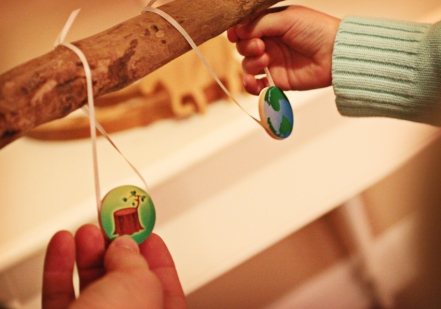




















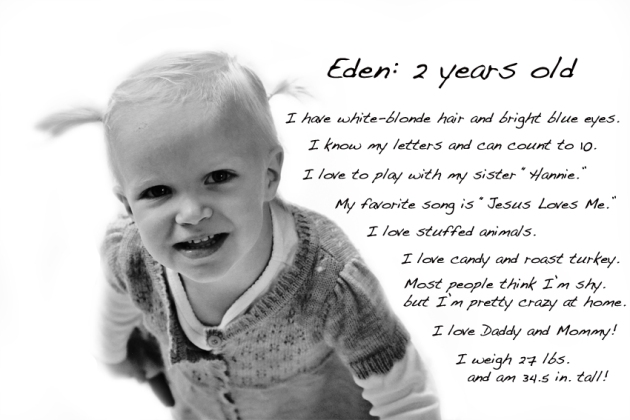




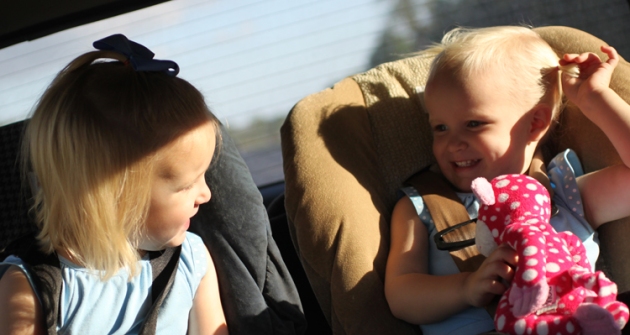

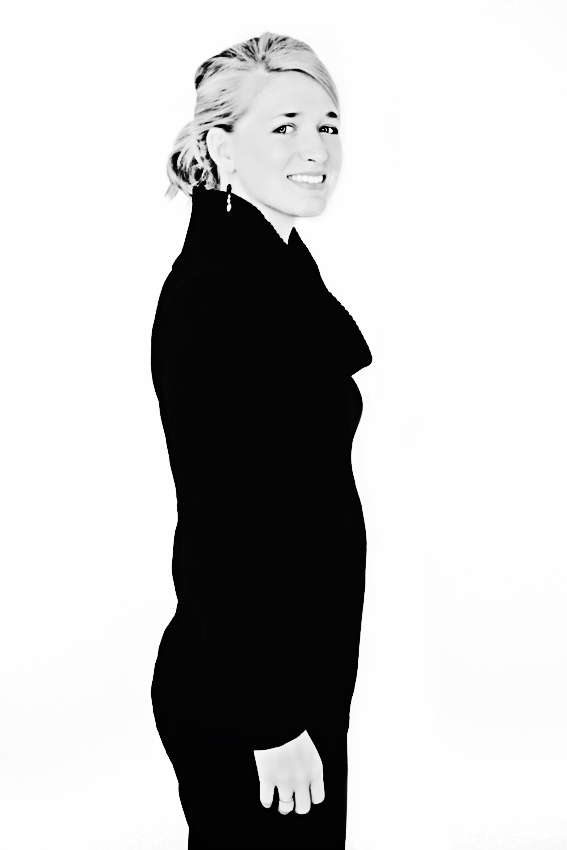
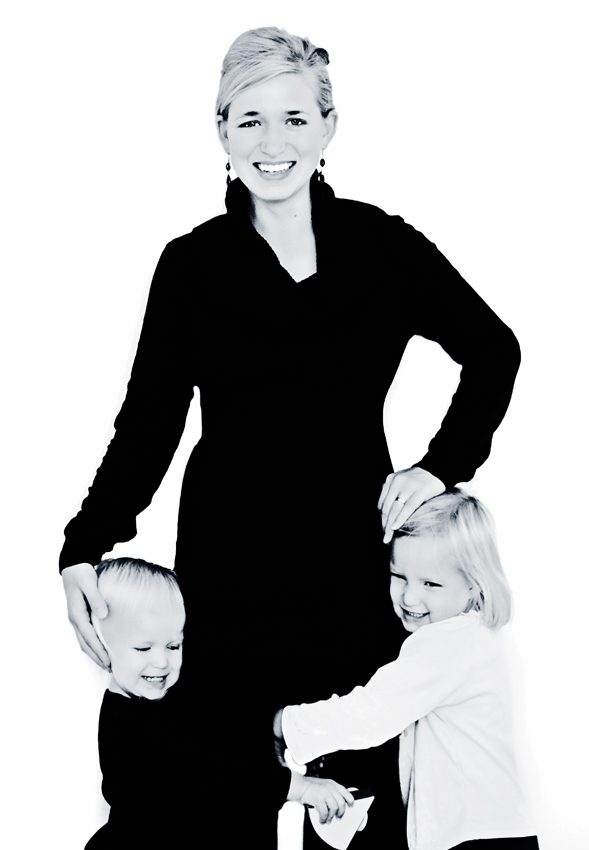


Recent Comments